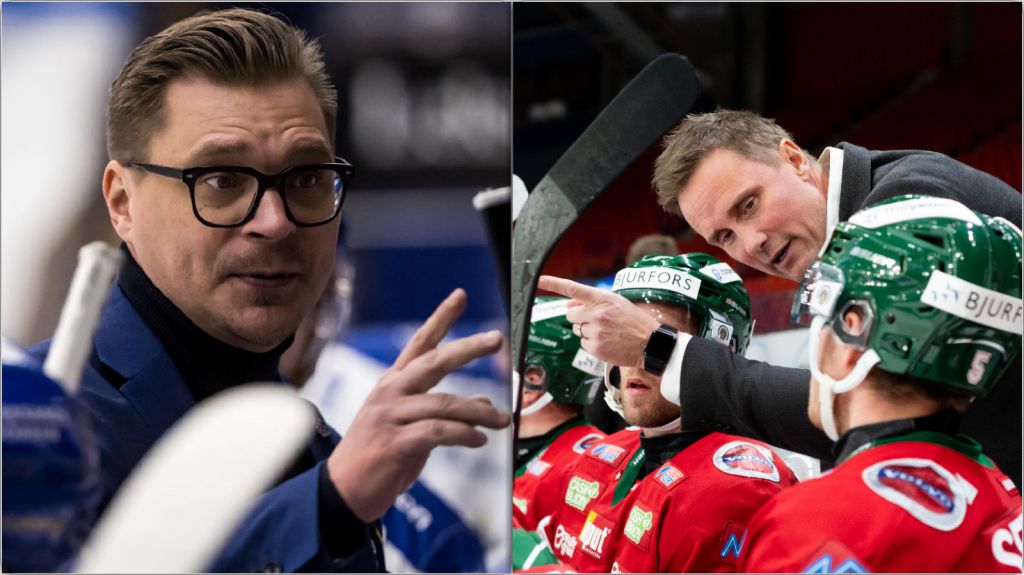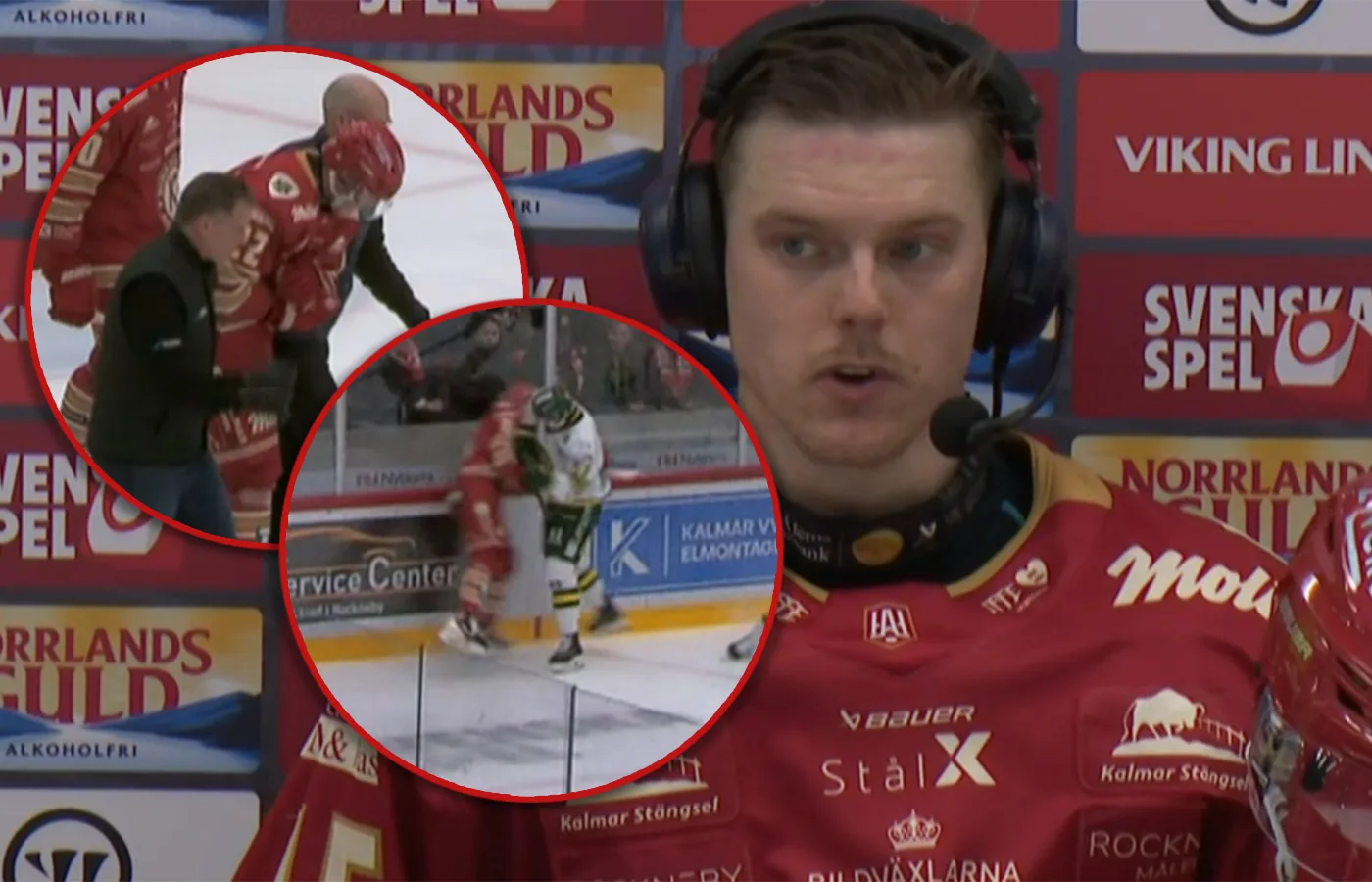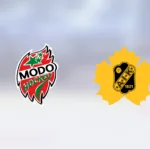
ELLENTHAL: Ice time distribution across SHL rosters
This week I’m taking a look at how coaches distribute ice time, specifically at even strength, to see which teams are the most and least balanced in deploying their roster.
I imagine there are two key factors that determine this:
1) coaching philosophy, although just about every coach likes to talk about rolling four lines.
2) coaching to the strengths and weaknesses of the roster the GM gives him.
To answer this, I pulled even strength ice time from every game so far this season to see how much the #1 forward played in each game, how much the #2 forward played in each game, and so on. Before breaking this out by team, here’s the league average even strength ice time per game, from the top to the bottom of a roster:

That gives us our baseline for how, on average, a team gives out its ice time to 13 forwards and seven defensemen.
FORWARDS
To simplify things in a team-by-team comparison, I’ve grouped forwards into lines, where anybody finishing first to third in ice time in a game is given a “Line 1” value, anybody finishing fourth to sixth is given a “Line 2” value, etc.
The color scale here is unique to each column, where the greenest green is the most ice time in the league and the reddest red is the least. For example, Växjö’s fourth liners average the most ice time per game (9.9), while Leksand’s fourth liners average the least (7.2).

The table is also ranked in order of the team with the most evenly distributed ice time to the least evenly distributed. Frölunda’s ice time is most consistent top to bottom, with less than a five minute spread between their average first liner and fourth liner. Leksand, by contrast, has the widest distribution, highlighted by a ten minute gap between the average first and fourth liner.
Leksand is really in a class of their own here. Their first liners average over a minute more than second-place Linköping, and both their third and fourth liners average the least ice time of any team.
League-wide, we also see differing approaches to 13th forward usage, which is a bit of a debated topic from a player development standpoint. Martin Filander has been giving his extra forward nearly five minutes per night, whereas Peter Andersson and Niklas Eriksson have little use for one.
Lastly, here’s a look at the full dataset, specifically plotting every forward from 1 through 13:

DEFENSEMEN
I took the same approach with defensemen as I did with forwards, grouping them into pairings.
Some takeaways here are consistent with what we saw above with forwards. Frölunda once again has the most even deployment of their defensemen, Oskarshamn’s 7th defenseman gets the most playing time in the league, and teams are in roughly in a similar order.

I expected to see Luleå giving out the most ice time to their first pairing, given how much Erik Gustafsson plays, but Linköping actually takes that top spot on the backs of Jonas Holøs and Jonas Junland.
Rögle’s depth on defense really shines here, as they can afford to spread around ice time evenly to Éric Gélinas, Moritz Seider, Niklas Hansson, Samuel Jonsson, and beyond. The flip side is there’s not enough time to go around for a 7th defenseman, something that Samuel Johannesson, Craig Schira, and Thimo Nickl have all learned this season.
And again, here’s every defensemen plotted out 1 through 7:

—
I’m sure there are different schools of thought among coaches on the best way to do this. Teams can be successful riding their top guys or spreading the love around, but my guess is what we see above overwhelmingly has more to do with roster construction than coaches trying to hit certain predetermined targets. Leksand has the starpower that Frölunda lacks, and vice versa, where Frölunda has more solid veterans on their third and fourth lines. Rögle has a deep roster that can go after teams wave after wave, whereas Linköping is a banged up team just trying to scrape by with the players they have left.
It’s always nice to see the data bear that all out.
TV: Hetaste sista minuten-värvningarna i SHL
Den här artikeln handlar om:










